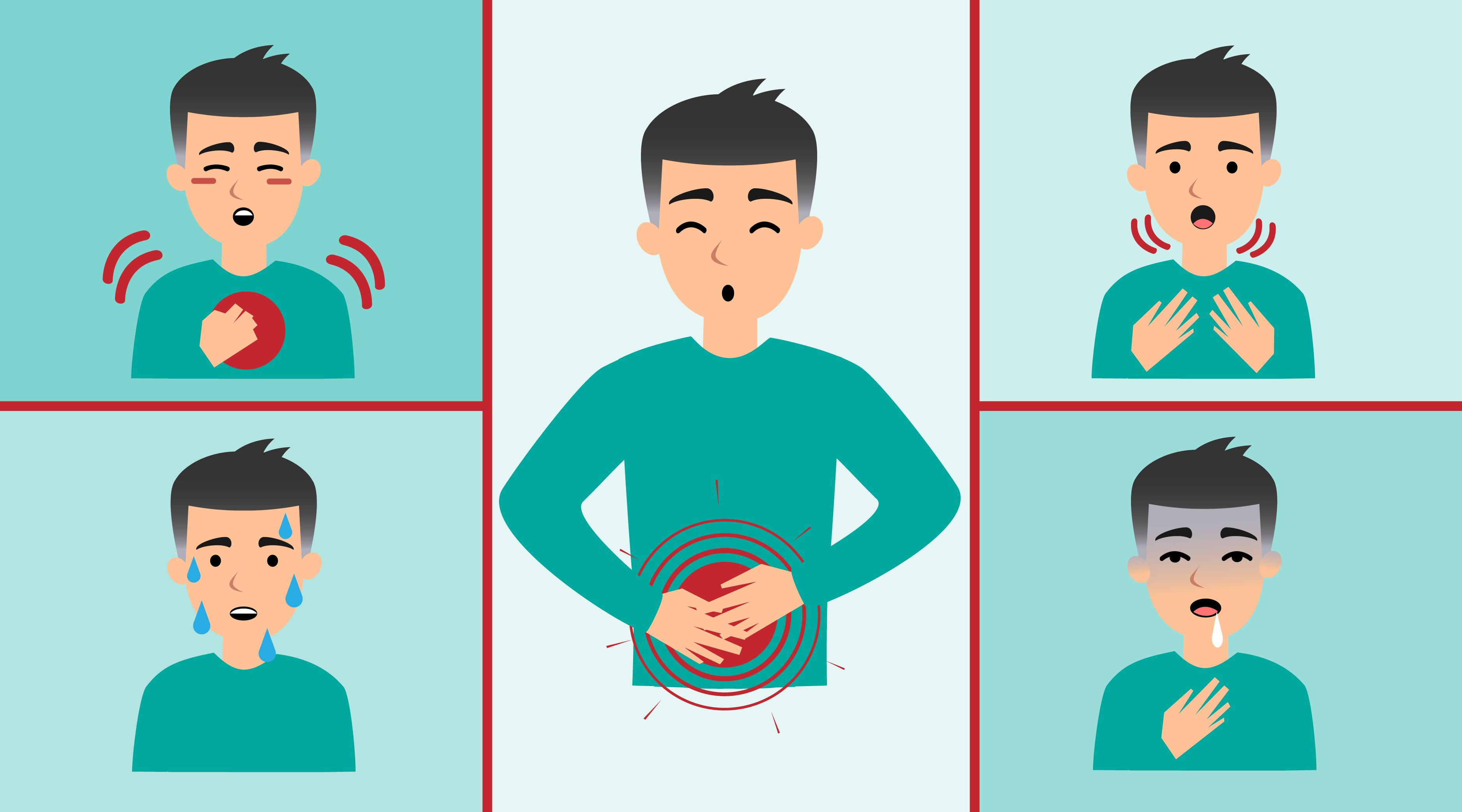By Charalampos Karouzos,
Millions of people worldwide – but especially in Western countries – suffer from heart attacks, a major cause of disability and mortality, abruptly halting the quality of life years out of patients. Consequently, public concern regarding the impact of heart attacks has risen significantly since better access to knowledge and treatment is increasingly available. Although people are worried about the consequences of such an acute event, awareness about the value of taking precautions to lower the likelihood of having this potentially fatal occurrence is lacking. It is widely known that a healthy lifestyle prevents disease, but the great efficacy of everyday changes is neglected since there is difficulty comprehending the chronic effect of these simple steps on cardiovascular health. In recent years, there has been an increasing focus on communicating the prevention of heart attacks as the best treatment, aiming to significantly lower cardiovascular-related deaths, being a significant cause of morbidity worldwide.
A heart attack, even though is not a medical term, is the common and simplistic way to refer to several diseases that cause an acute event relevant to the heart function. Practically speaking, a heart attack is used interchangeably by the public to describe the most common cause of an acute cardiac event, a myocardial infarction. In a myocardial infarction the coronary arteries, the arteries that supply the heart with blood, get suddenly occluded and as a result, the heart cannot perform its function, to beat and thus pump blood to all the tissues. 90% of the cases of myocardial infarction can be attributed to the presence of CAD (Coronary Artery Disease), however, the presence of a single causative agent is far from likely, as usually the patient is presented with multiple common diseases, for example, Hypertension, diabetes, etc. A myocardial infarction presents with the characteristic acute pain or filling of weight behind the sternum that can radiate usually to the neck or the left arm. If the occlusion is not reversed either spontaneously or by medical intervention, the individual will suffer from Central nervous system ischemia (lack of oxygen), a condition that can only be sustained for a few minutes.

Although many myocardial infraction deaths are attributed to the acute onset of coronary artery occlusion, the occlusion is usually the final outcome of a chronic disease that slowly decreases the size of the lumen (the internal aspect of a vessel) in a patient, thus predisposing them to an acute event. In the first stages of the narrowing of the diameter of the vessel, termed stenosis, the patient is not experiencing any symptoms either at rest or during exercise as the pathology can be compensated by several mechanisms. However, the initial compensation of the disease is a short-term solution as these mechanisms fail to establish a new stage of homeostasis (balance) in the long run. Thus, the patient will start experiencing symptoms during increased cardiac workload, for instance during intense exercise, with shortness of breath and feeling of weight under the sternum being the most common symptoms, resolving with rest.
Although most individuals that experience such discomfort would simply avoid cardiovascular intensive activities, the progression to continuous worsening of everyday life is to occur if treatment of the underlying conditions is not performed. In addition, the progression of stenosis of the vessel’s lumen and more importantly the vessels that provide blood to the heart itself, the coronary arteries, is a significant risk factor for a future occlusion and thus, if the stenosis is above 75%, surgical intervention is ought to be assessed.
Furthermore, a heart attack is commonly mistaken as a terminal event, and although it can be true in some cases, is far from absolute. Individuals that succeed in reperfusion (re-flow of blood in the previously occluded artery), which can be achieved via surgical intervention or spontaneously, and have not suffered great cardiac cell (cardiomyocytes) loss, are able to return to their daily routines with minimal consequences in their quality of life. However, as the WHO highlights, despite surviving a heart attack, the damage done could cause health problems or death in the years following the event. In fact, data reveal that 65% of people that had a heart attack above the age of 65 passed 8 years after the initial event. Regeneration of the heart tissue is not practically possible as the rate of formation of new cells is very slow, thus damage after such a catastrophic event cannot be reverted. It must be noted that research on the topic of cardiac stem cells has altered the previous belief that regeneration of cardiac cells after birth was not feasible and the rate of generation is estimated to be on the order of less than 1% per year, further developments in the field could provide treatment in now incurable conditions.
References
- Cardiovascular diseases. who.int. Available here
-
Treating a heart attack before it happens: It may not be a science fiction. medicalnewstoday.com. Available here




